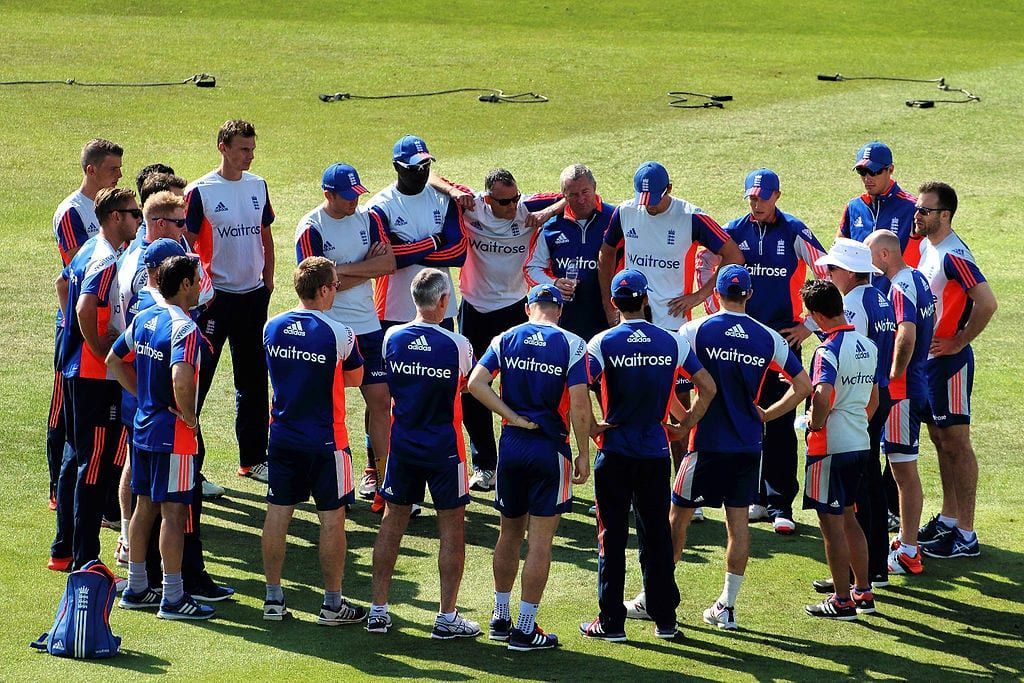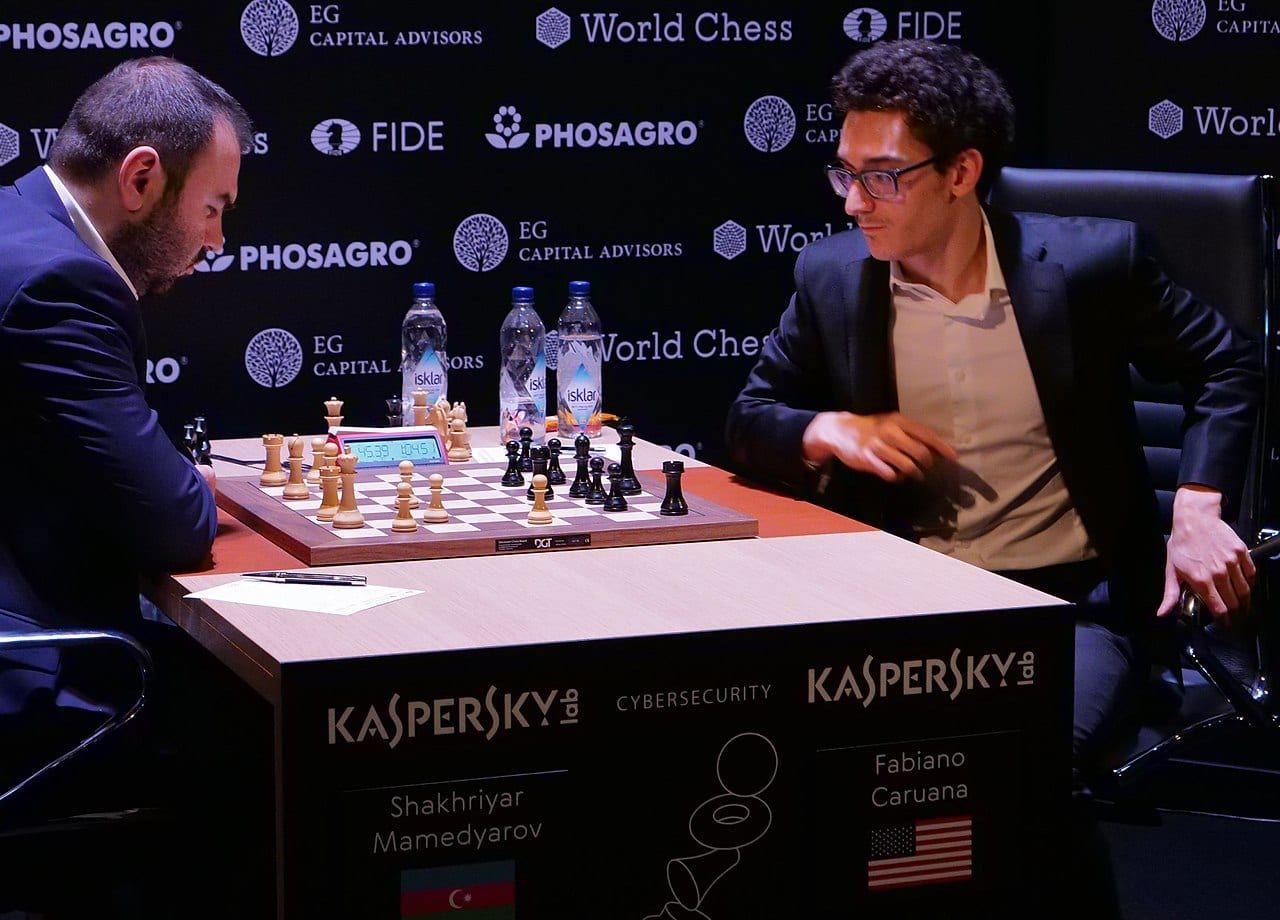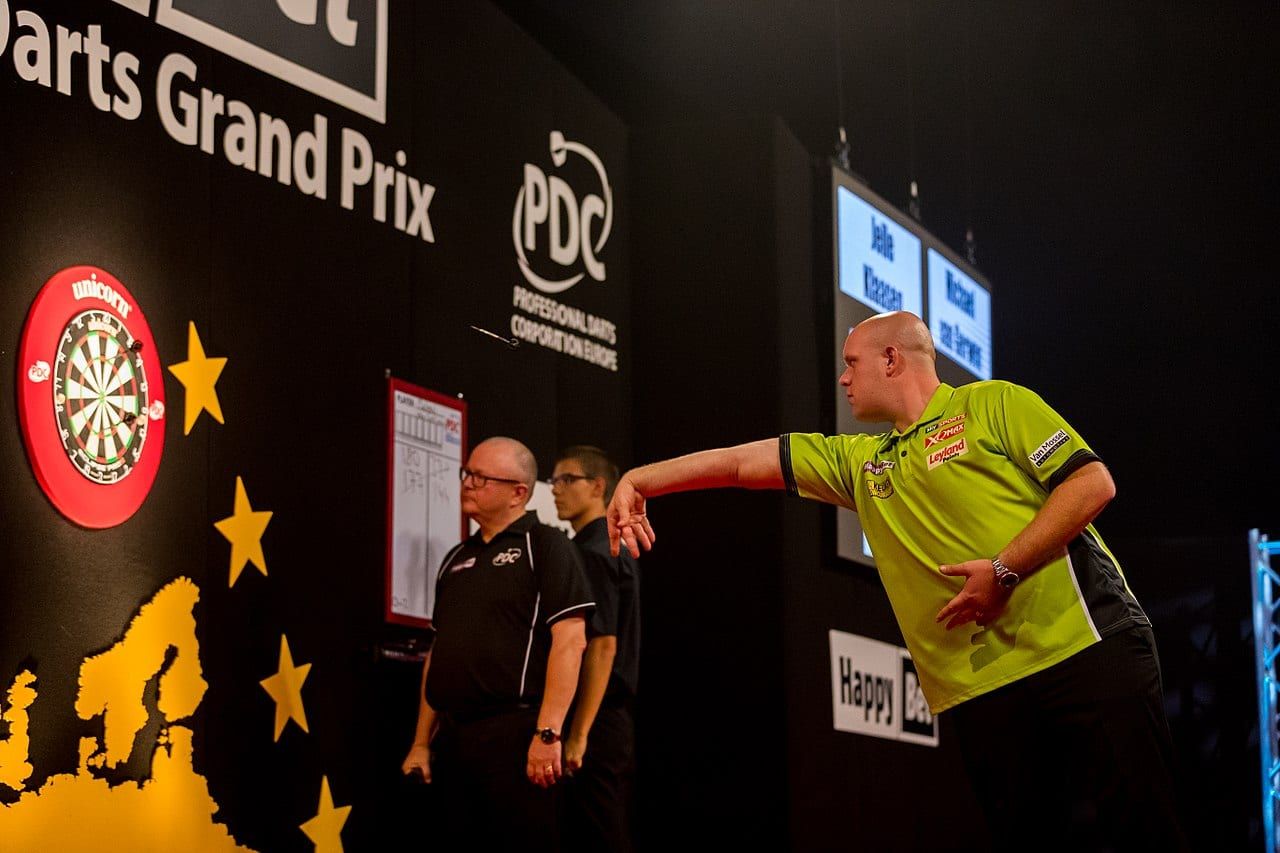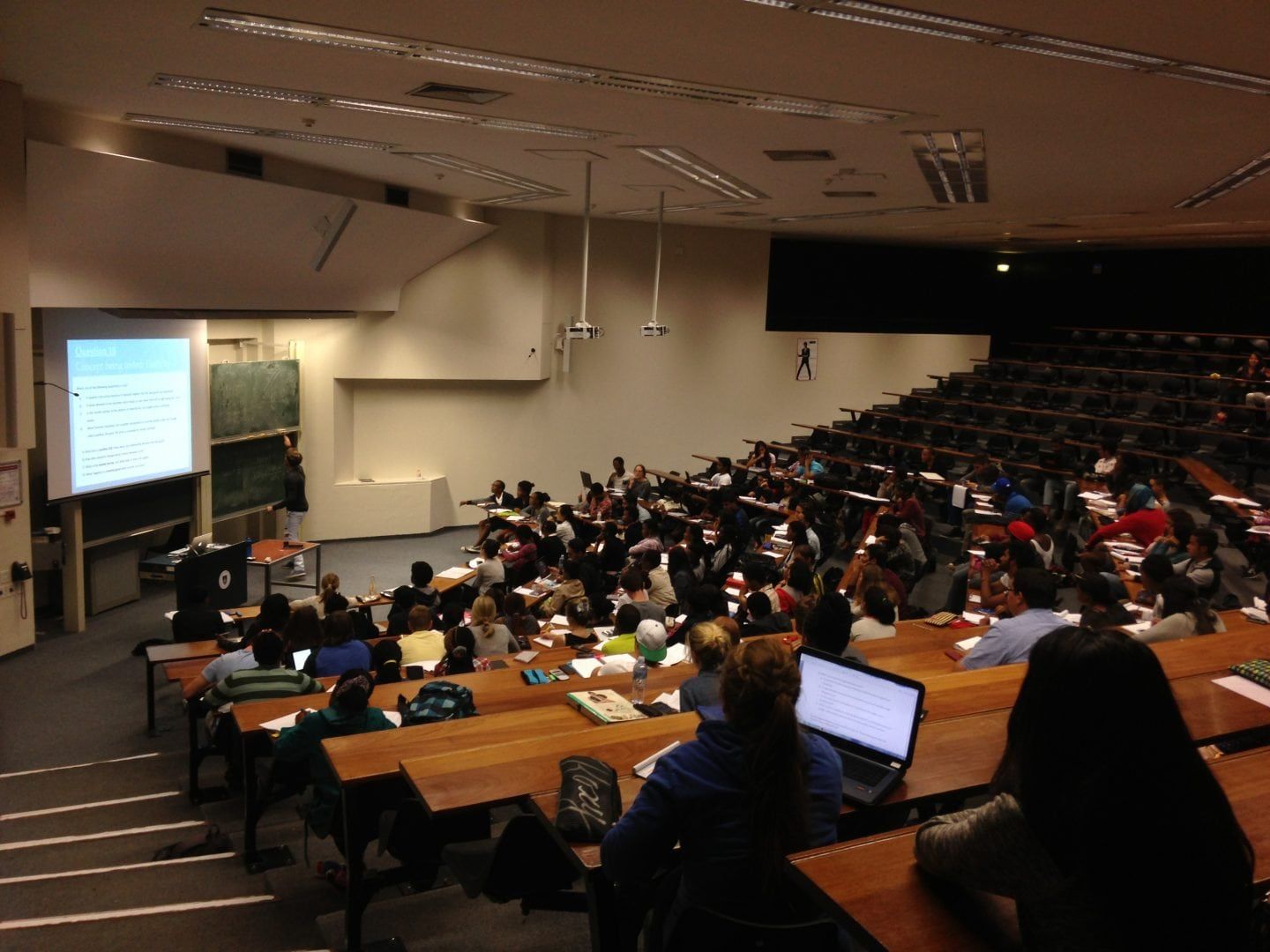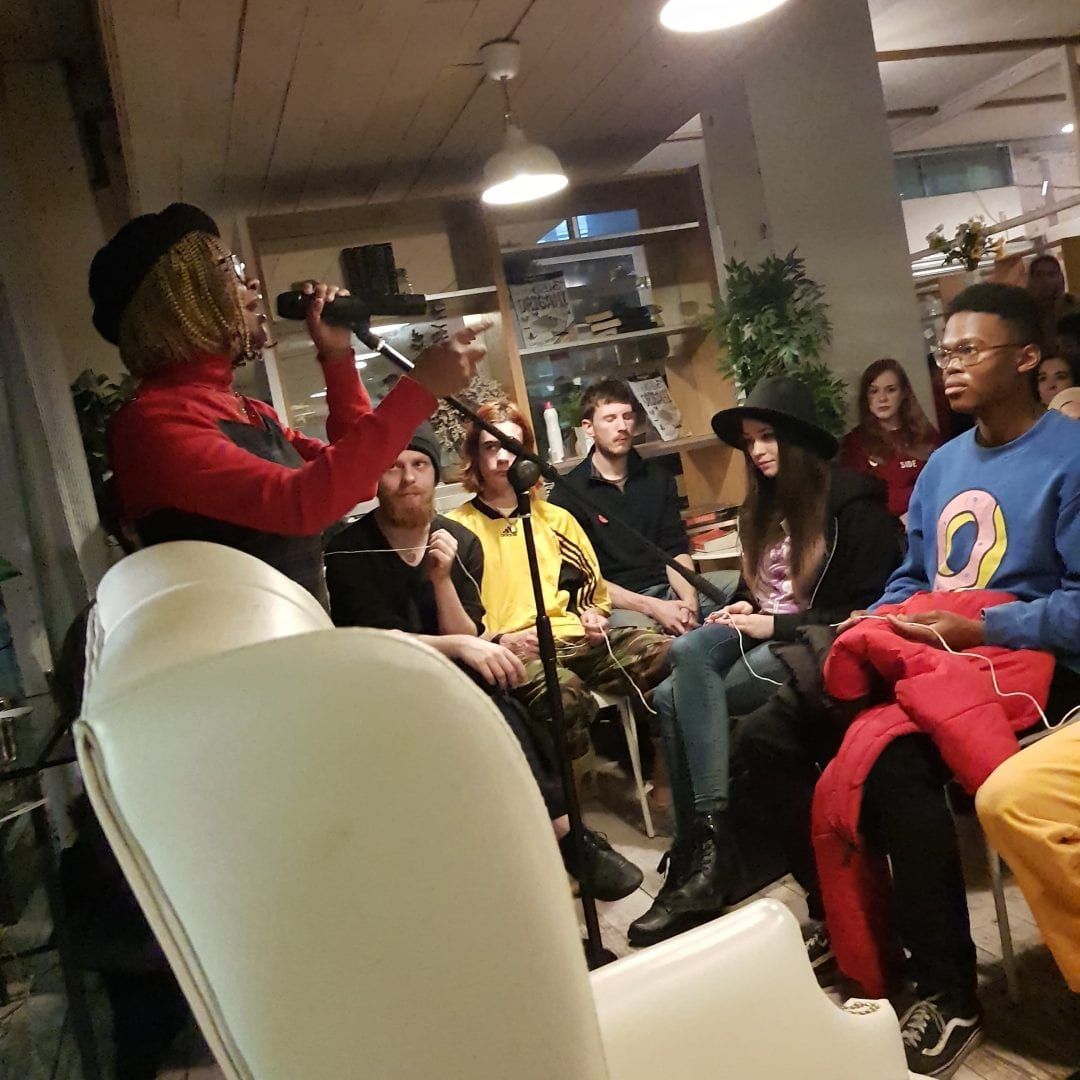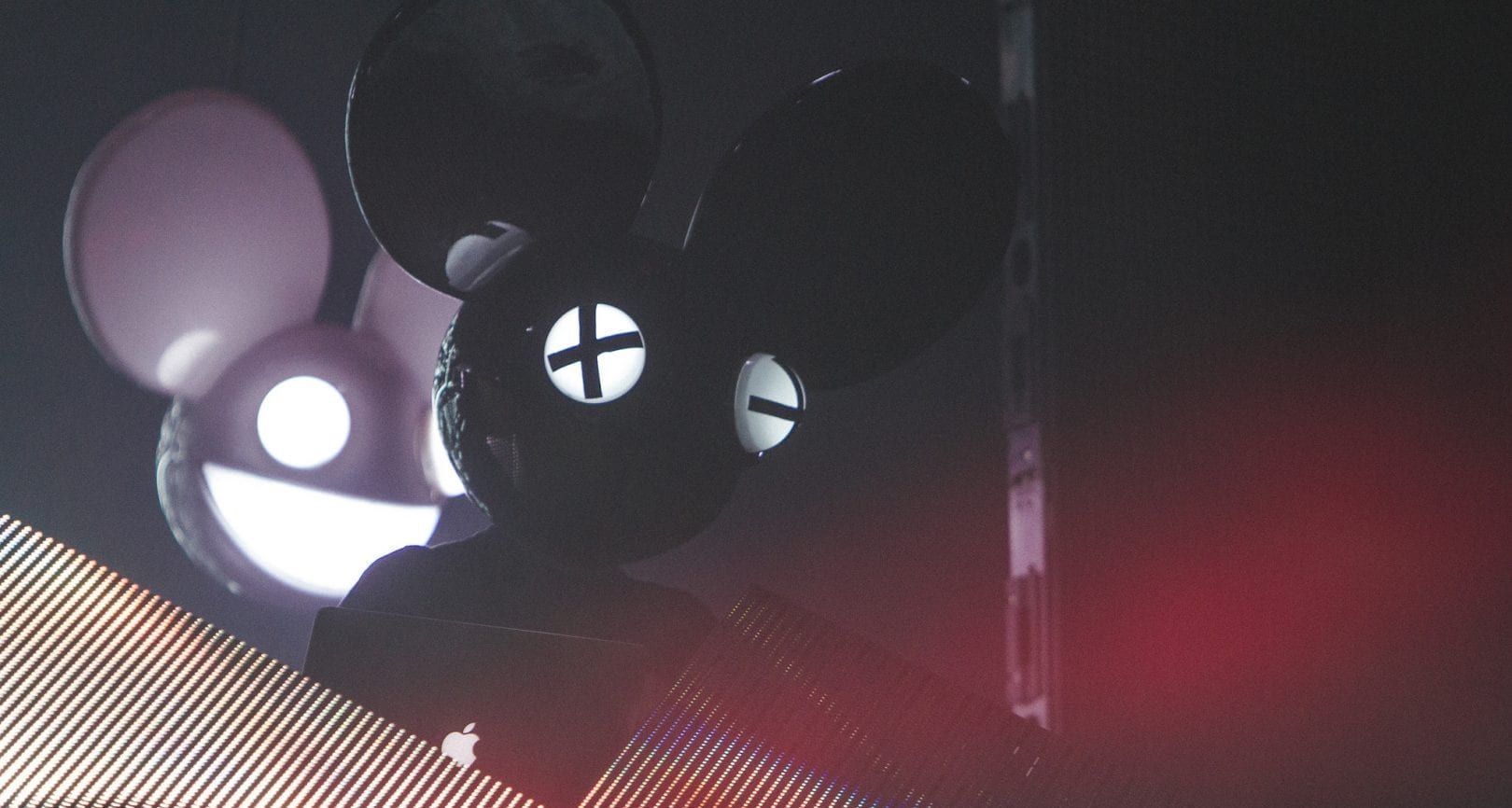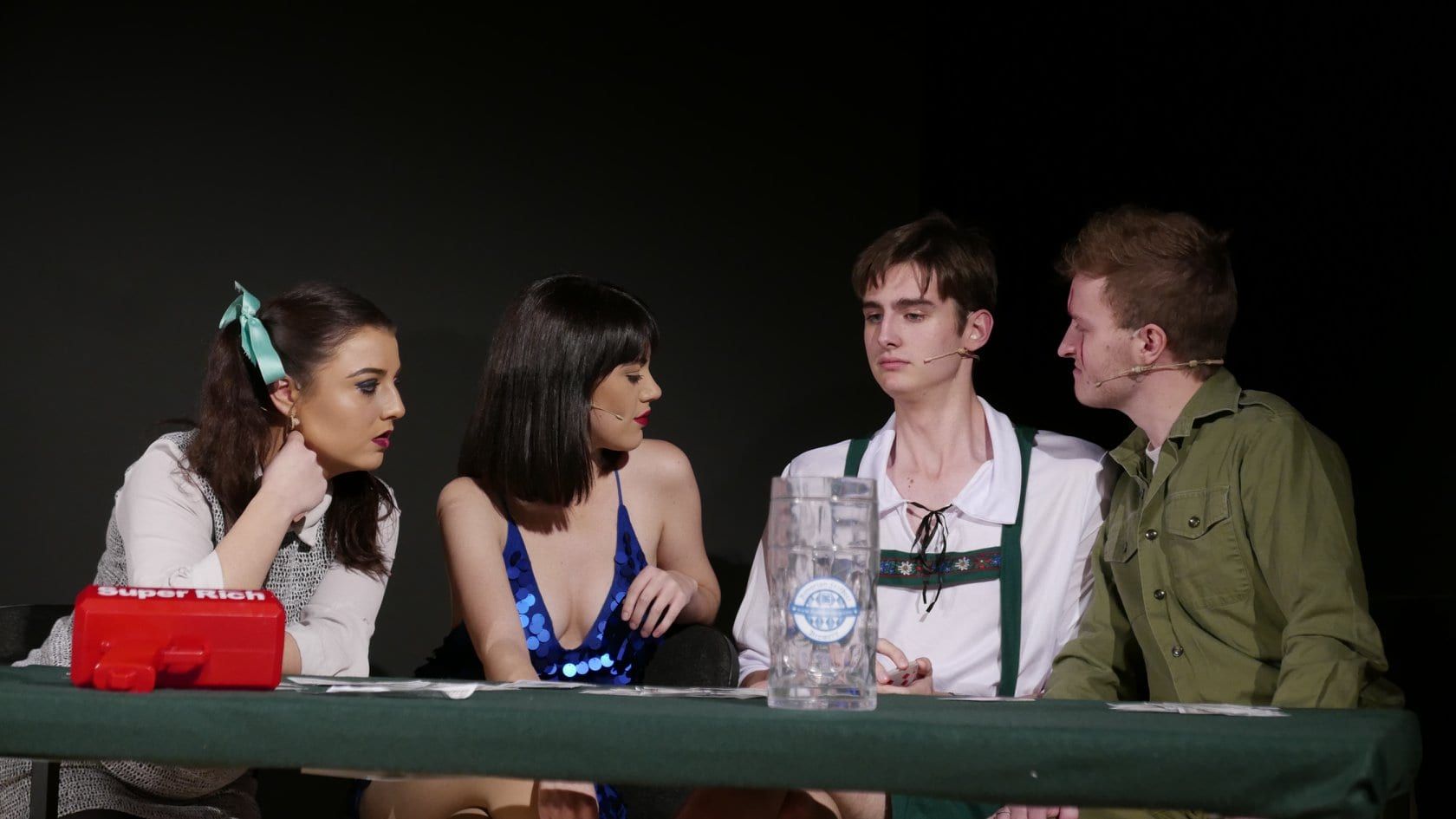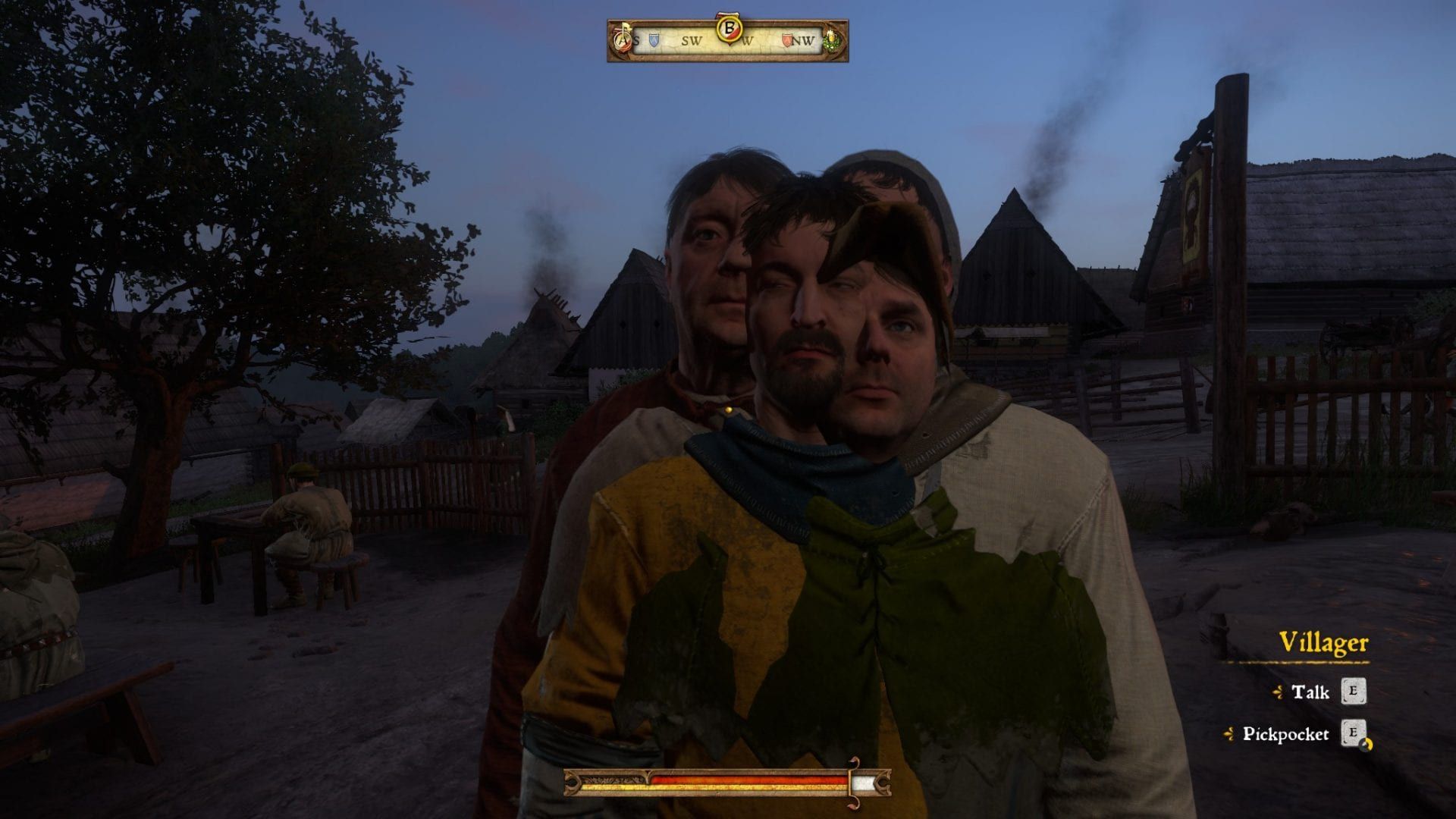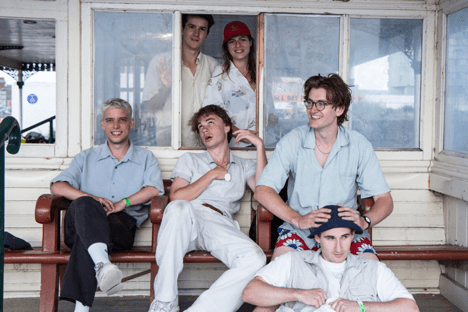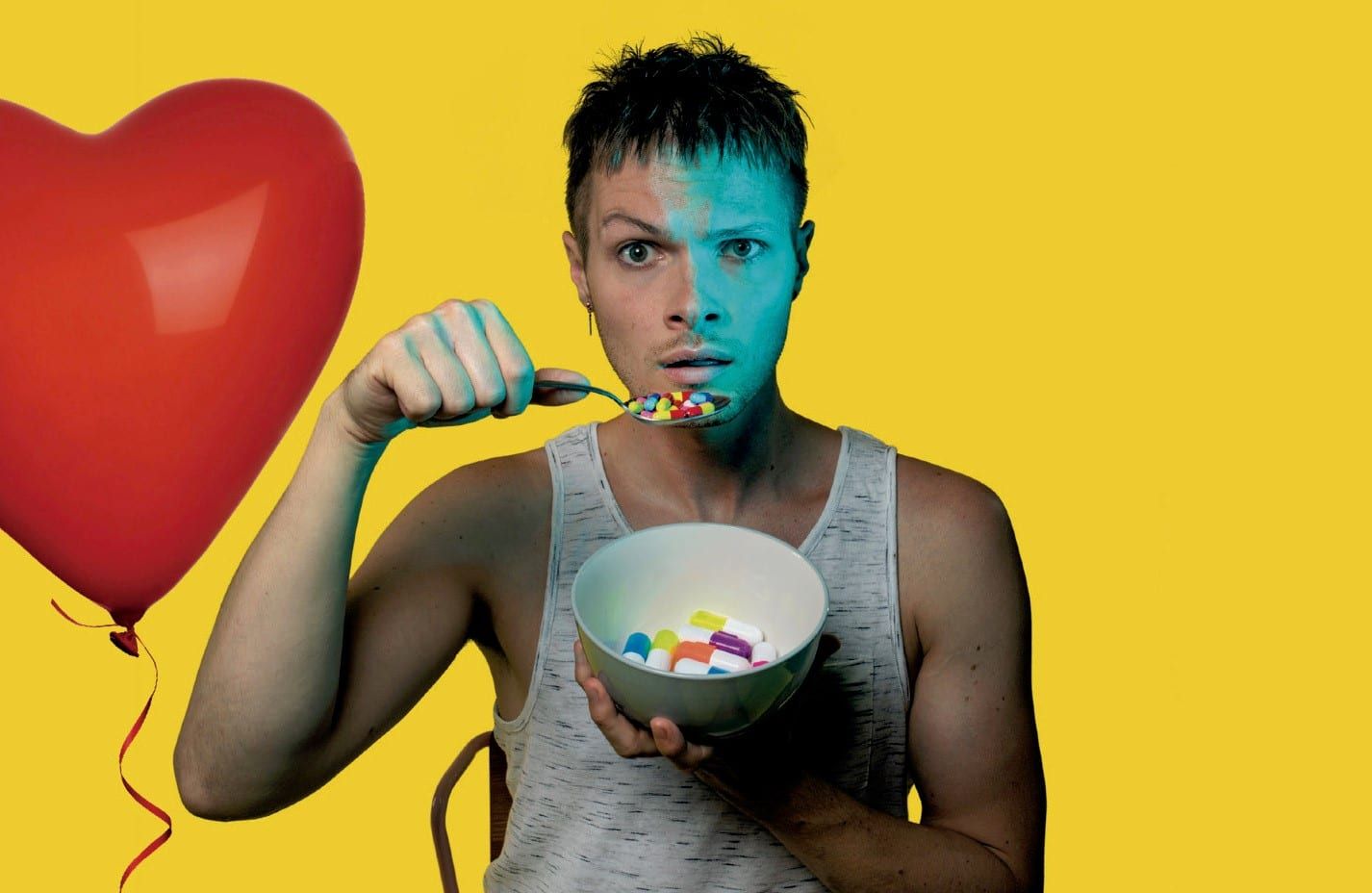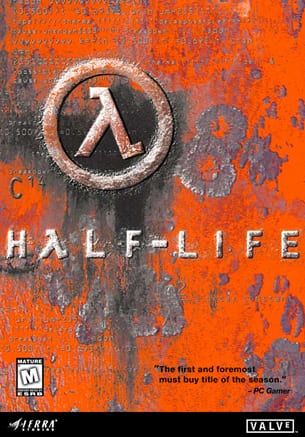Formed in the city brimming with young talent, The Mason Collective is made up of three friends from south Manchester, Blair Suarez, Mase Milo and Omar Gueda. Since founding in 2014, the trio have been pioneering all angles of Manchester’s creative scene, and if you’ve partied in Manchester you should know about The Mason Collective. From their own trademark sell-out MVSON events to frequenting fellow Manchester parties Kaluki, WHP and Parklife alike, their energy is unstoppable. Young and ambitious, the trio aren’t just pioneering their sounds in house and techno but also their signature style. After a landmark summer, I spoke to the guys to hear more about their upcoming releases and their continual involvement in the city’s home-grown fashion scene.
Asking how Manchester has influenced their sound and style, Blair tells me ‘There’s always been a strong connection, between the music and fashion scenes within Manchester, but there’s a lot of young creatives that are coming through that are trying to step away from the old 90s Mancunian style. We’re definitely not trying to follow anything, either in our sound or the way we dress, obviously we take references from here and there, but at the end of the day we’re just doing us.’
Clearly staying true to themselves is what is working so well for the trio. Their most recent achievements include playing amongst some serious line-ups in summer, both in Ibiza and across the festival circuit, in addition to their more recent sell-out Halloween MVSON events. Milo tells me that ‘Our last MVSON event sold out in about 3 hours and I think that’s the quickest we’ve ever sold out one of our parties, so that was definitely something to be proud of.’ Yet the trio are making waves much further afield than from just their loyal Manchester following. Blair says ‘Personally I think I’m most proud seeing the guys we’ve always looked up to like Loco Dice, The Martinez Bros, Jamie Jones actually play our stuff at the clubs and events we’ve always gone to like DC10, Paradise and CircoLoco, it’s unreal.’ Their success pays into numbers as their newest release ‘Feelin’ Ugly’, is working its way up the release charts on beatport, being released on Jamie Jones’ own label Hot Trax, which Blair deems to be ‘something we have always aimed for’.
Music and fashion is an ingrained part of Manchester’s culture, and the Mason guys are heavily influencing both. Reflecting upon their own style, Milo shares ‘I wouldn’t say we have a particular style; we do all like dressing well. We wear a lot of streetwear and hype fashion brands but we all have our own individual styles as well which all play off each other well. We all do our own thing yet it still works for us.’
Their eye is seemingly keen for trends as it is sound. Clothing label Gramm is another major success story from Manchester, specialising in streetwear and a strong creative direction, the brand has a history of collabs with the Collective. Their tag ‘For the youth by the yutes’ encompasses the shared spirit of the innovative, young creative scene which occupies the city. Blair tells me that. ‘Akeem who runs Gramm has been a friend of ours for years; we went to school together so we’ve always been close. He’s always helped us out with branding the creative side to the Collective. Gramm’s coming up at the moment, we’re coming up at the moment so it just makes sense to spring this into a collab.’ Gramm’s signature pieces include a chest rig bag and a bodywarmer military-esque vest, which can be frequently seen on the streets. Milo says ‘Gramm’s doing really well at the moment. Over the summer we did a collab with them as a football top, which made sense with it being the world cup, as well as being something we wear a lot. The next thing we’ve got coming up with Gramm is a hoodie and a few other bits but nothing we can let you know too much about yet. Stay tuned for that.’
Their talent hasn’t just been spotted by DJ giants like Jamie Jones but similarly by fashion forces such as Adidas, who they have an upcoming campaign and collaboration with in the pipelines. Omar tells us ‘We have a promotion coming up which we are all going to be a part of, it’s a campaign for the launch of the new Adidas trainer coming out called the ‘Yung 96’. On top of that we are holding a launch party in Manchester, which we can’t, say too much about. But it should be in December’
Yet this whirlwind year still isn’t over for The Mason Collective, ‘Yeah we still have loads of shows for the rest of the year until Christmas, a big one being the one at Studio 338 in London where we’re really looking forward to hosting the loft. Looking further forward we have some big releases on some really big labels from early next year so there’s still so much coming up for us.’
Stemming from a cult following of their distinct MVSON party vibes in Manchester, The Mason Collective are continuing to captivate a large following much further afield, and have a promising future ahead of them. What’s clear is that they’re carving their own path in the industry due to their distinct sound and style, and long may it continue.
